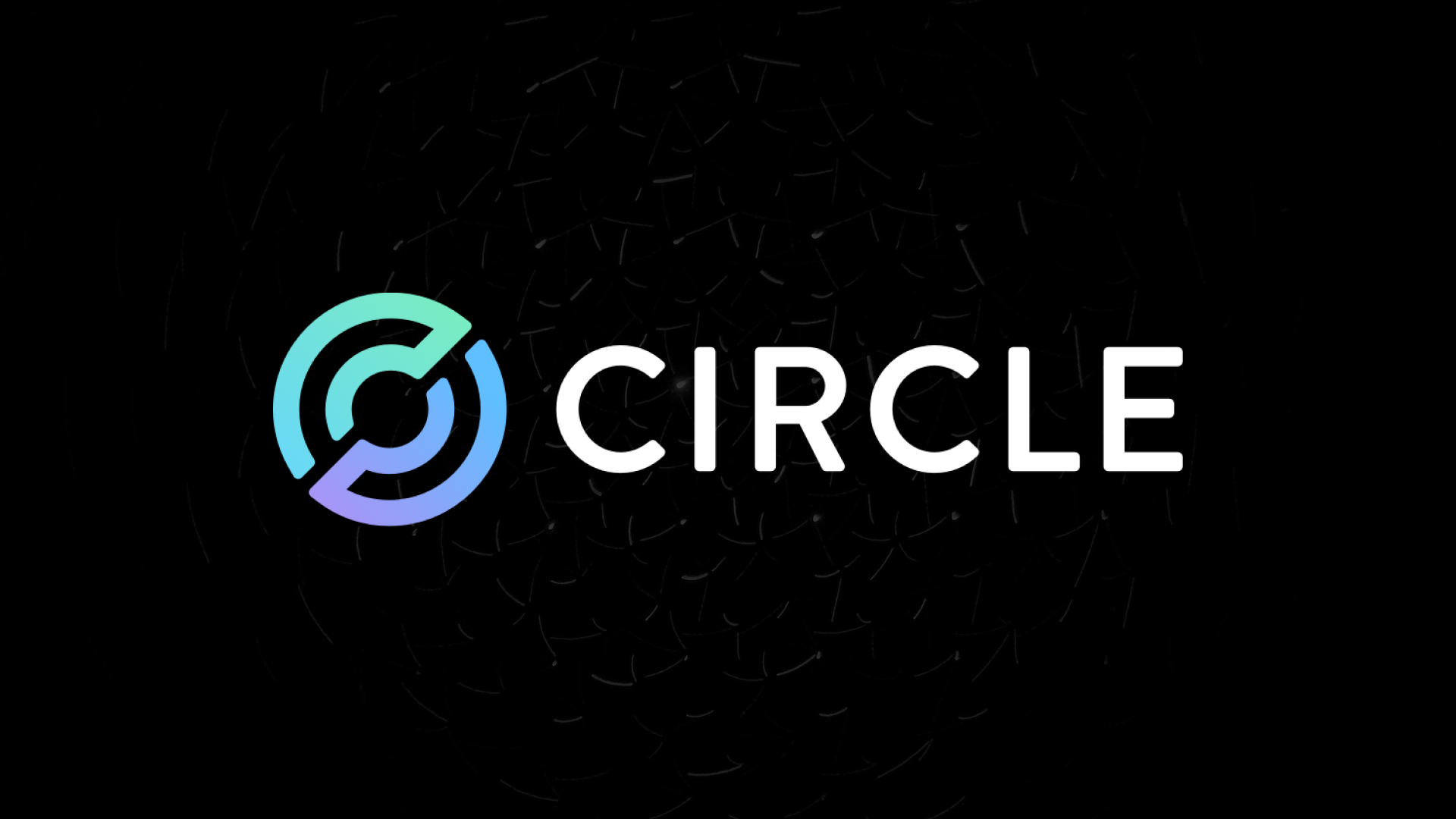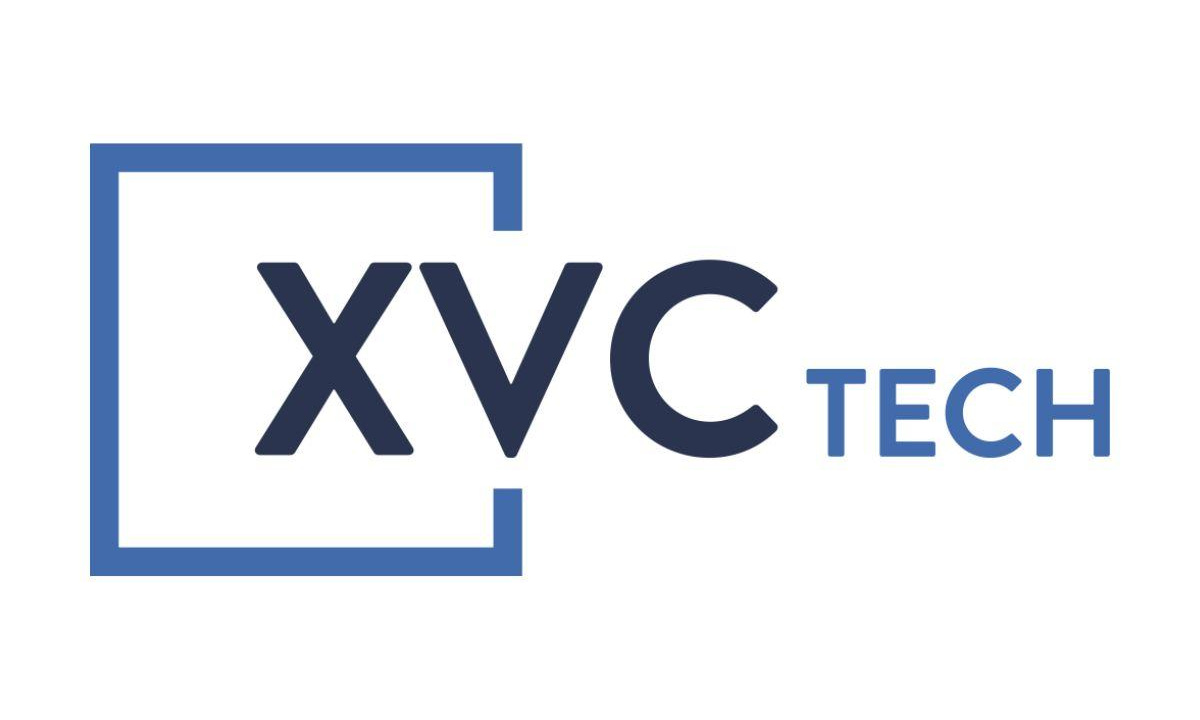Table of Contents
The USDT as a stablecoin has courted its fair share of controversy. It was the first stablecoin to be pegged against the US dollar and in theory was a genius move. However, In 2018, the company behind the stablecoin did not conduct an audit to show that its tokens were actually backed by real cash. Following on from this there were many stories that Tether had artificially inflated the 2017 crypto bull run, which took BTC to its record high at that time.
The USDC is another stablecoin tethered against the USD. This asset is highly transparent and completes audits to testify that the company behind it has the cash reserves in the bank to match the cryptoassets minted. So successful is this stablecoin that as of Q2, over $20 billion worth of USDC has been minted.
For an exchange like CVI, migrating from the USDT to the USDC seems a natural progression. On top of bringing investors confidence, it brings platform improvements for this quite unique exchange that also runs a decentralized VIX volatility index, known as the CVI. The index itself proves to be a way for investors to hedge against their crypto holdings in more volatile markets.
What are the platform improvements?
According to the team behind CVI, switching to USDC brings an enhanced AMM product (automated market makers), which would protect liquidity providers without taking away from the traders’ experience. It also brings the facility of margin trading inside the new USDC pools, available on both Ethereum and Polygon and finally the benefit of composability with the upcoming volatility tokens.
Users of the CVI platform can stake their tokens for rewards, invest in the liquidity pools in exchange for GOVI rewards and earn a share of transaction fees platform wide in exchange for holding tokens, while retaining governance rights.
The platform is unique in that it allows its users to trade volatility rather than direction of the underlying assets move, meaning it doesn’t matter which way the price moves and by how much, but rather how much price volatility is moving the market.
Disclaimer: This article is provided for informational purposes only. It is not offered or intended to be used as legal, tax, investment, financial, or other advice.














